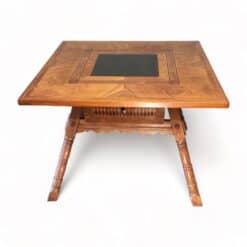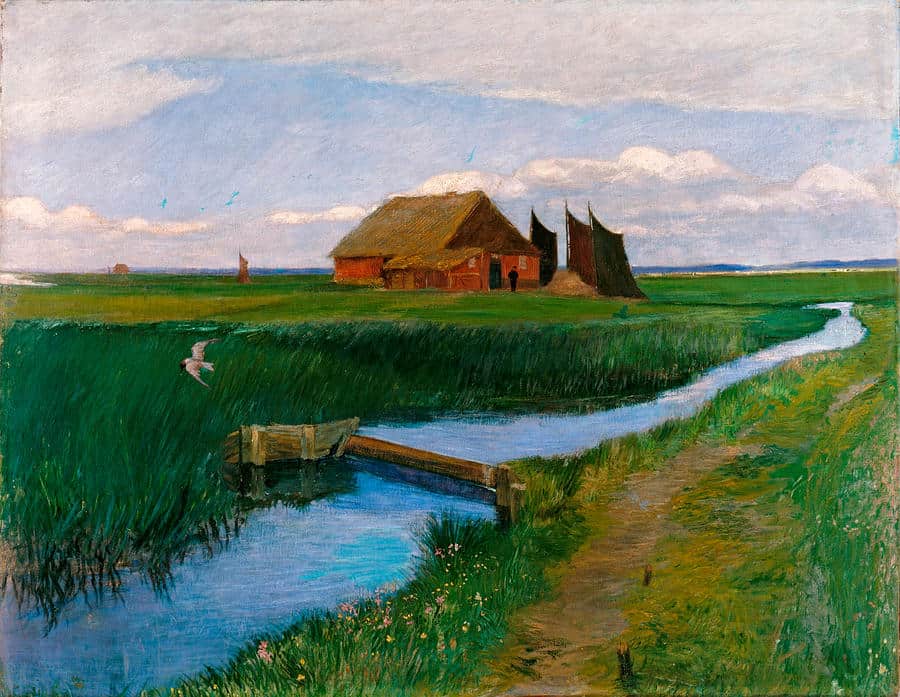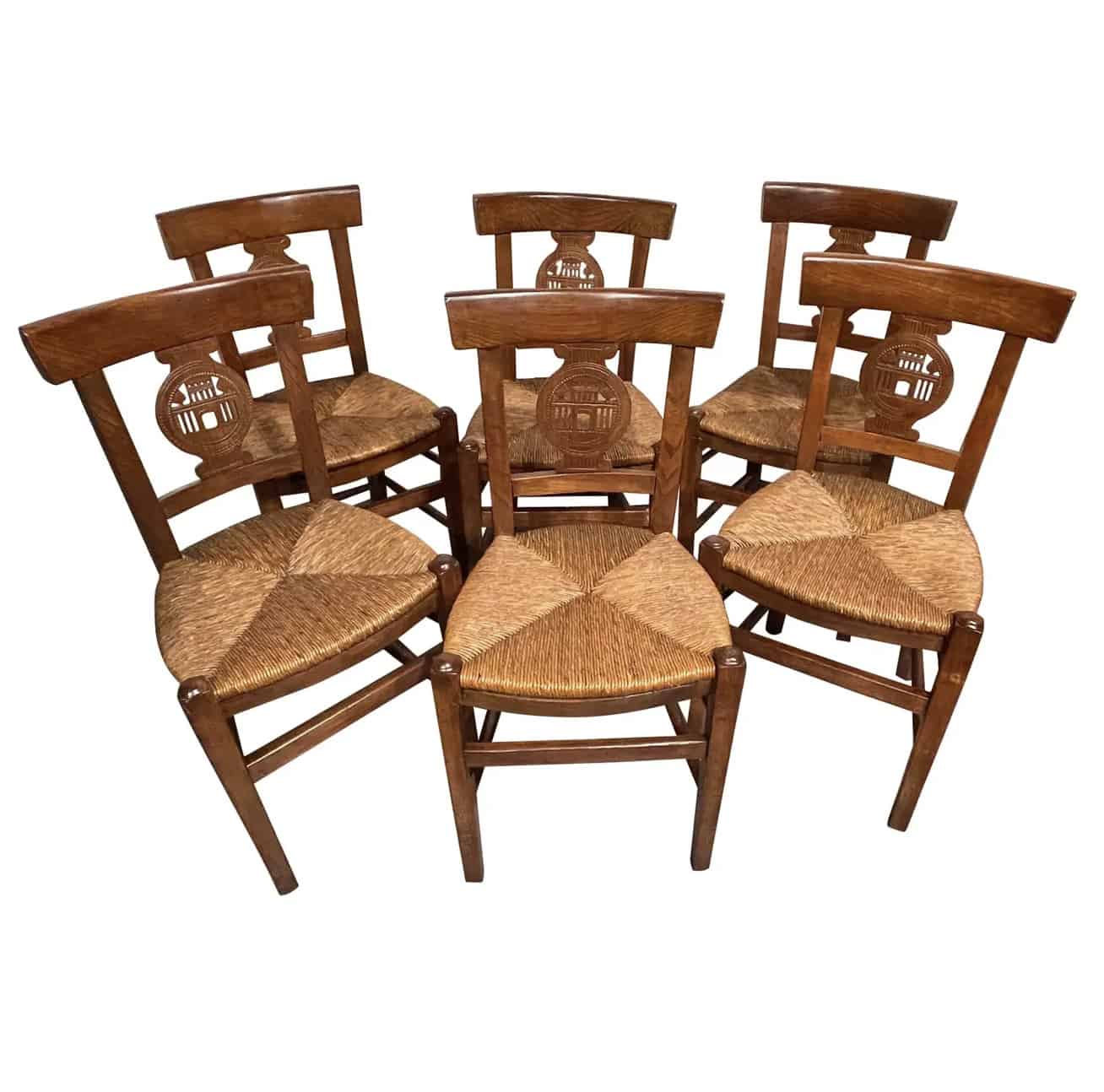Best Sellers
Furniture, Style, Styylish History
Beauty on the Moors: Exploring the Worpswede Artist Colony
The Worpswede Artist Colony in the German state of Lower Saxony has been a breeding ground for creative pursuits for over a century. Its presence has had a profound effect on craftsmanship in the region. In today’s blog, we will explore the history of the colony and how it impacted the furniture craft in Lower Saxony.
Over the past few weeks, we have zeroed in on a variety of specific moments in furniture history. Check out our exploration of antique sewing tables or our piece on Josef Ulrich Danhauser’s unique Biedermeier furniture. Then follow us to the marshes of Northern Germany to the small village of Worpswede.
Founding a Colony
The late 20th century was a turbulent time in Germany. After unification into one Empire in 1871, the country poured its wealth and power into industrialization, later becoming Europe’s most productive industrial nation by the early 21st century.
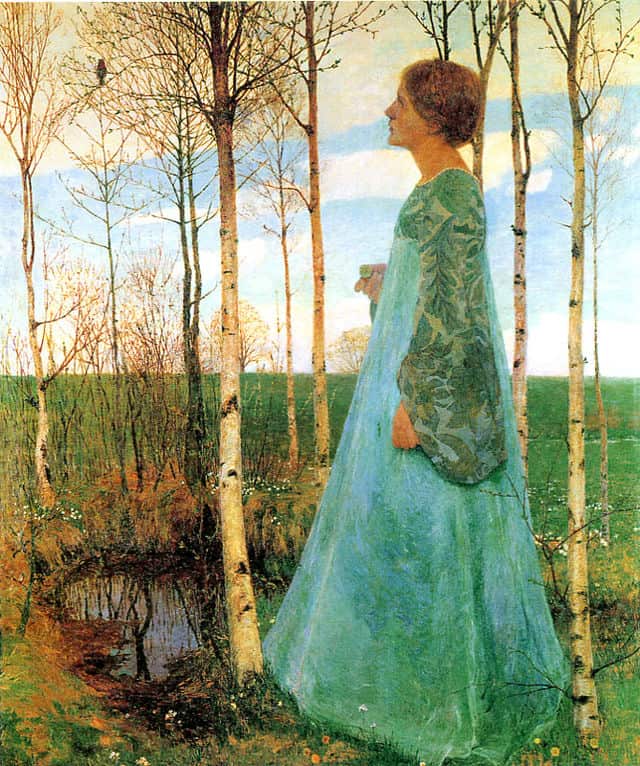
The drive for industrial supremacy changed urban landscapes everywhere. Cities were dotted with factories, smoke filled the air, and the workforce crowded urban centers. It was not an environment conducive to creative thought.
In 1889, young painter Fritz Mackensen escaped the city of Düsseldorf. He was disillusioned with the industrial fervor of urban landscapes. Like many artists at the time, he sought refuge in the country.He made his way to the village of Worpswede, deep in the marshes of Northern Germany.
But Mackensen took that disillusionment a step further. He founded an artist’s village that drew a whole generation of artists into the marshes of Lower Saxony. One that is still active to this very day.
An Early 20th Century Haven
The Worpswede artist colony drew painters, sculptors, and writers, including some of the most significant artists in German history. The poet Rainer Maria Rilke met his wife, sculptor Clara Westhoff at the colony. Indeed, he fell in love with her on the misty marshes.
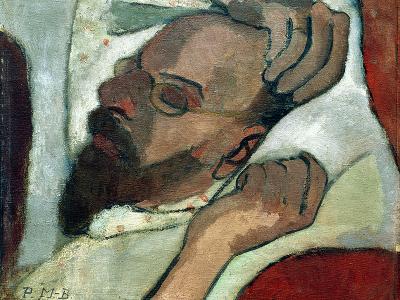
Famed portraitist Paula Modersohn Becker married landscape artist Otto Modersohn there as well. Her recognizable Expressionist portraits inspired her husband’s Impressionist landscape art to gradually become more colorful and expressionist itself. That kind of fluid interaction between artists was common at the Worpswede artist colony.
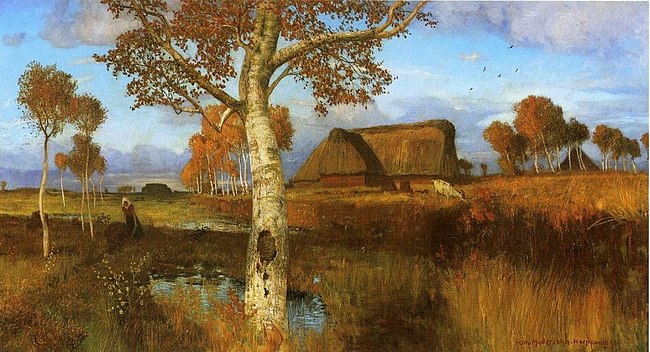
Becker further influenced the Expressionist sculptor Bernhard Hoetger, who designed the famous Böttcherstraße, a street in the heart of downtown Bremen. The painter Fritz Overbeck also set up his studio in Worpswede, where he found inspiration in the moorlands surrounding him.
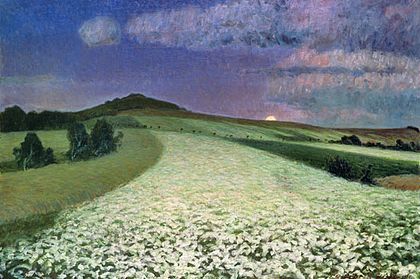
The Worpsweder Kunsthalle, a museum and marketplace for colony art was founded in 1919 and continues to operate today.
Standing Strong: Worpswede in the 21st Century
The Worpswede artist colony survived two world wars and experienced a creative renaissance in the 1960s. In the present day, it is both a retreat for artists of all crafts and a popular tourist attraction. The Heinrich Vogeler Museum, named for one of the original founders of the colony, exhibits the rich history of the colony.
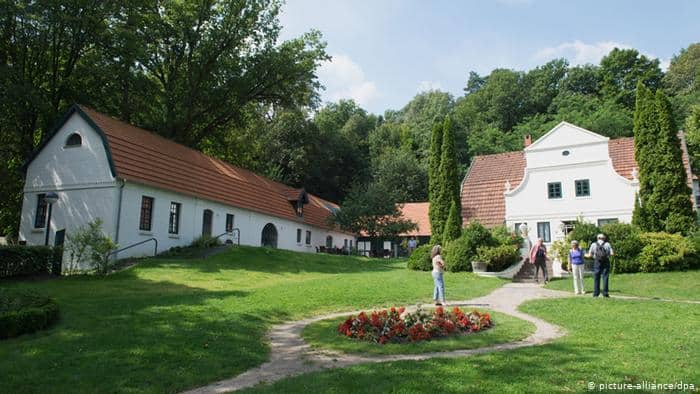
Visitors may catch a sliver of the moorland peace that once drew Mackensen out of the city. Strolling around the grounds, one can understand the creative magic erupting from the very land itself. And the buildings placed therein, particularly the picturesque “Haus im Schluh” could be drawn straight from a fairytale, in classic German fashion.
But the Worpswede Artist Colony is not only important for the famed artists that set up their studio there. Nor is it only impactful for its contemporary landmark status. It inspired a whole region of common artisans to find new artistry in their craft. Furniture, in particular, creatively blossomed in Lower Saxony just as the Worpswede Artist Colony had made a name for itself.
Side Effects of Artistry: Regional Furniture
In this set of six chairs in the Styylish catalogue, we can explore the effect of well-executed artistry in simple designs. The wicker seats and simple legs suggest a simple farmer design. The backrest is so intricate and detailed, however, that the chairs jump out of their commonality and period.
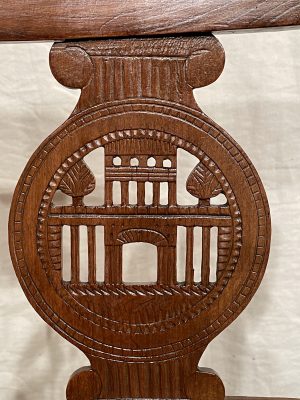
Constructed around Worpswede at the end of the 19th century, these chairs feature traits of German Art Nouveau, for instance, in spite of their rustic sensibilities. The prolific artist’s colony that had begun to grow in the village directly inspired that turn towards the joyfully.
At the hand of chairs like these, we can get a sense of the kind of impact local hubs of creativity can have. Not just the masters of the colony benefit of collaboration between artists. The craftsmen and artisans who made their living designing functional middle-class furnishings were equally inspired by the beauty these urban outsiders saw in their land.
Inspiring the World Around You
By creating interiors featuring pieces from uncommon times and places, you yourself are developing places where creativity can thrive. Bring a world of inspiration into your rooms and leave an impact on yourself, your family, and your guests. Add a unique piece from the Styylish catalogue to your home today!

